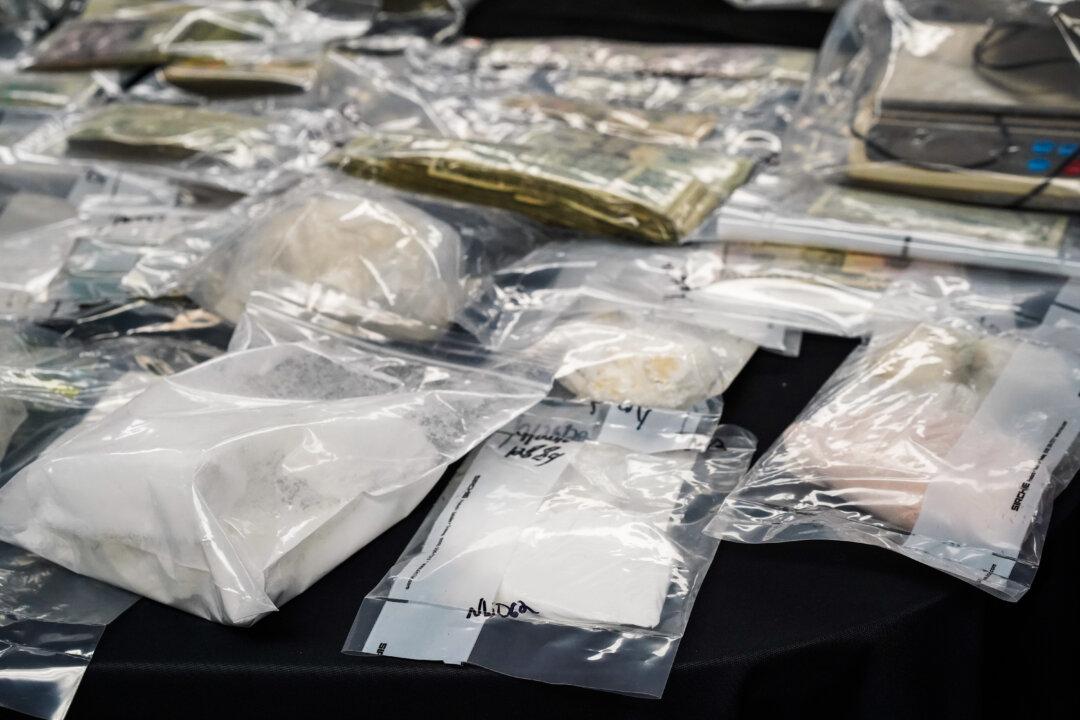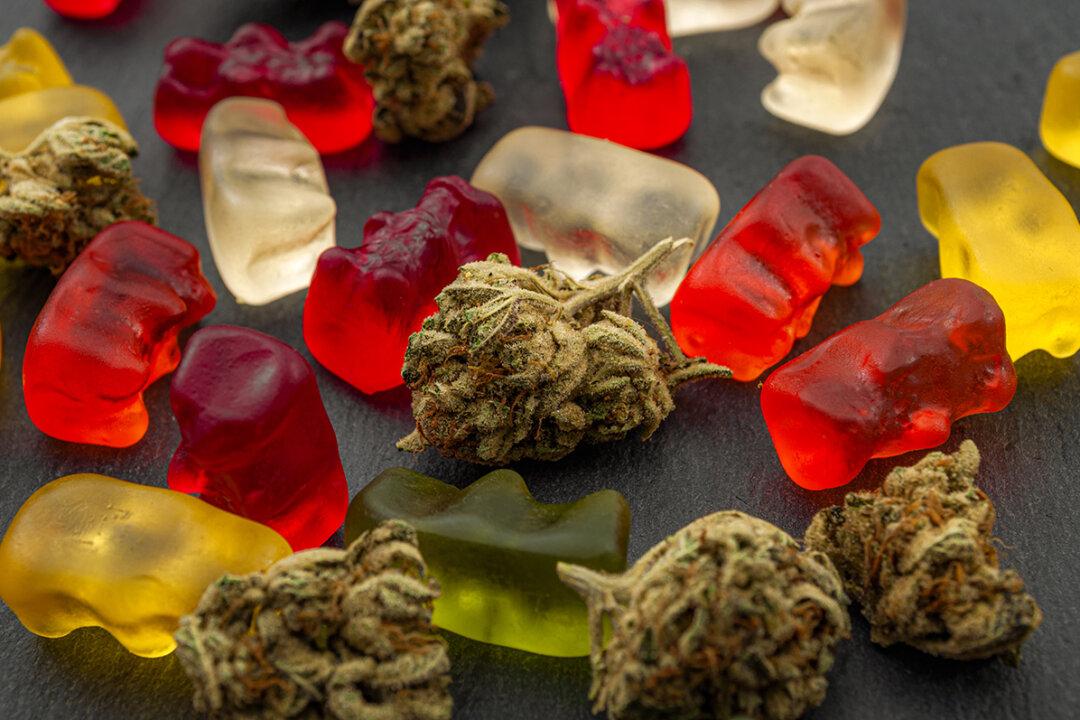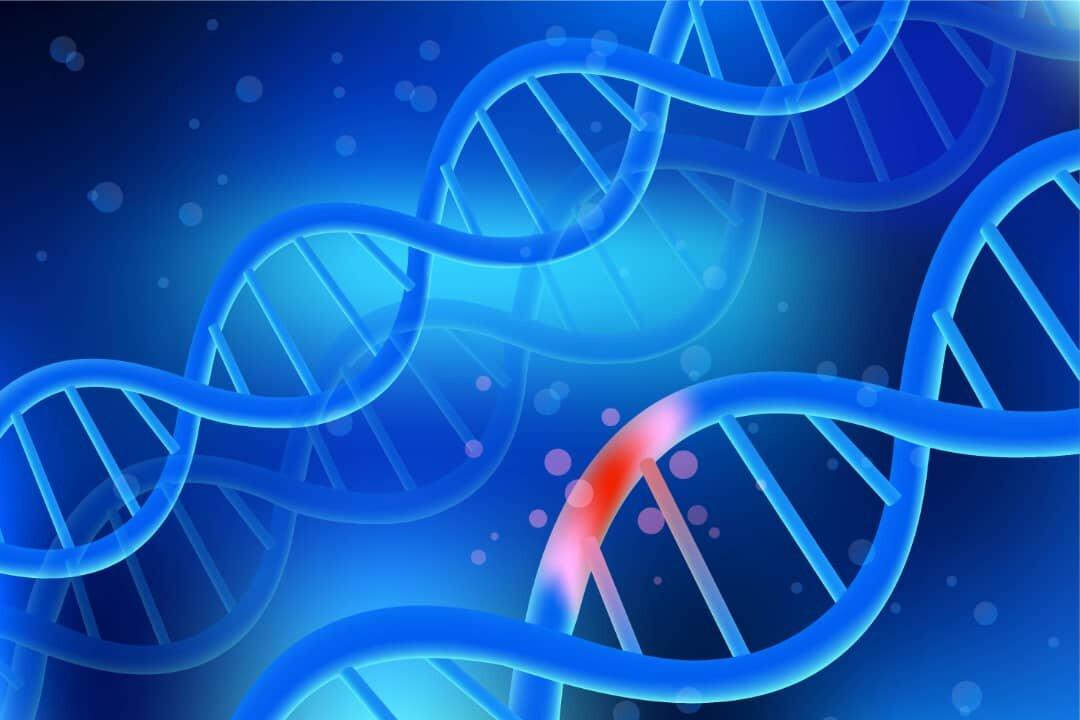A new study has identified over a dozen new psychoactive drugs in the wastewater of various sites worldwide.
The trend of increasing new psychoactive substances (NPS) and the difficulty for law enforcement to control their circulation prompted a study by the University of Queensland, Australia, which was part of an international wastewater surveillance program.





